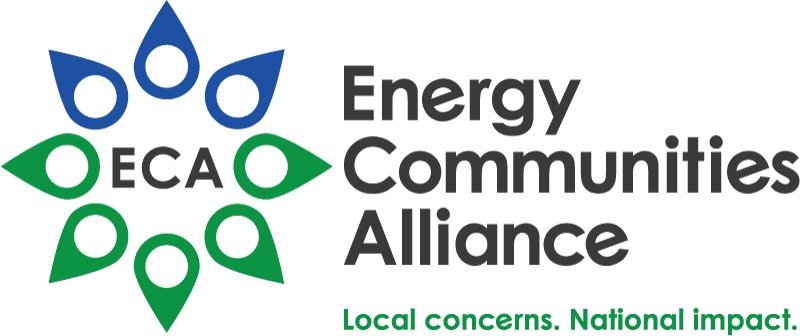Tracking DOE’s $103.1 million - when and how specific project funds will be spent
On September 12, the U.S. Government Accountability Office (GAO) released a report on the $103.1 million appropriated in fiscal year 2022 to the U.S. Department of Energy (DOE) for 65 specific projects. These funds are part of provisions called “Congressionally Directed Spending” in the Senate and “Community Project Funding” in the House.
The intended uses of these funds are to support efforts to address climate change through investments in renewable energy and reducing greenhouse gas emissions as well as improvements in the resilience of the electricity grid. Examples of projects include expanding solar energy infrastructure and incentivizing energy efficiency.
The designated recipients of these funds include tribal, state, and local governments, higher education organizations, and other nonprofit organizations in 23 states. Funding ranged from $50,000 to $9 million, with an average of $1.6 million per project.
The report looks at when DOE plans to distribute the funds and how it plans to ensure they're spent properly.
When does the agency expect recipients will have access to these funds, and when might the funds be spent?
DOE officials expect recipients to have access to these funds within 120 days of a completed application, assuming the Office of Management and Budget has approved apportionment of the funds. The process begins when DOE sends a letter to a designated recipient detailing the requirements for receiving the funds. From there, DOE officials said it usually takes one to three months to complete the application.
DOE officials expect most of the funds to be awarded within the calendar year of when appropriations were enacted. Funding for all of the provisions is no-year and is therefore available to DOE until fully expended.
How does the agency intend to ensure these funds are spent properly?
DOE program offices plan to use their regular processes for monitoring projects funded through Community Project Funding/Congressionally Directed Spending provisions to ensure that funds are properly spent and to prevent fraud, waste, and abuse. In particular, according to DOE officials, all applicable regulations and DOE guidance for financial assistance apply to these funds.
DOE officials said that they will also use the Department of the Treasury’s Do Not Pay working system to help ensure payments are made properly to recipients. The Office of Inspector General may also decide to review these funds as part of its oversight responsibilities. Further, DOE plans to use quarterly assessments, as well as progress and financial reports, to monitor the projects once funds are awarded and to ensure funds are spent properly.
What risks and challenges may the agency face distributing and monitoring these funds?
DOE officials anticipate potential challenges in some areas in absorbing the increased workload for distributing and monitoring these funds. Officials noted that distributing and monitoring these new funds would increase the workload of existing staff. In addition, some recipients of these funds are new to federal assistance, which could increase the administrative costs. DOE officials also stated that they face resource constraints in hiring additional staff.
GAO previously identified technical and financial risks associated with prior DOE efforts to expedite certain financial assistance. In December 2021, GAO reported that when DOE expedited time frames for contract negotiations from up to one year to less than three months for carbon capture and storage demonstration projects at coal-powered electric generation facilities, it reduced DOE’s ability to identify and mitigate technical and financial risks. If DOE were to expedite negotiating the terms of the contracts for the Fiscal Year 2022 Community Project Funding/Congressionally Directed Spending, it could increase the technical and financial risks of the projects.
To read the full report, please click here.


